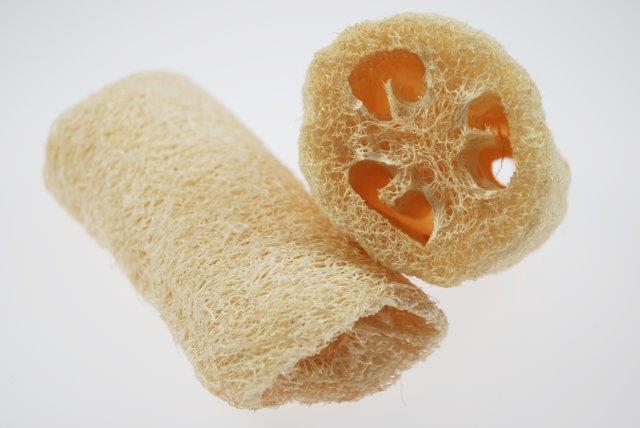FOR IMMEDIATE RELEASE
ACS News Service Weekly PressPac: December 04, 2013
Turning waste into power with bacteria — and loofahs
"Nanostructured Macroporous Bioanode Based on Polyaniline-Modified Natural Loofah Sponge for High-Performance Microbial Fuel Cells"
Environmental Science & Technology
Loofahs, best known for their use in exfoliating skin to soft, radiant perfection, have emerged as a new potential tool to advance sustainability efforts on two fronts at the same time: energy and waste. The study describes the pairing of loofahs with bacteria to create a power-generating microbial fuel cell (MFC) and appears in the ACS journal Environmental Science & Technology.
Shungui Zhou and colleagues note that MFCs, which harness the ability of some bacteria to convert waste into electric power, could help address both the world’s growing waste problem and its need for clean power. Current MFC devices can be expensive and complicated to make. In addition, the holes, or pores, in the cells’ electrodes are often too small for bacteria to spread out in. Recently, researchers have turned to plant materials as a low-cost alternative, but pore size has still been an issue. Loofahs, which come from the fully ripened fruit of loofah plants, are commonly used as bathing sponges. They have very large pores, yet are still inexpensive. That’s why Zhou’s team decided to investigate their potential use in MFCs.
When the scientists put nitrogen-enriched carbon nanoparticles on loofahs and loaded them with bacteria, the resulting MFC performed better than traditional MFCs. “This study introduces a promising method for the fabrication of high-performance anodes from low-cost, sustainable natural materials,” the researchers state.
The authors acknowledge funding from the National Natural Science Foundation of China.


